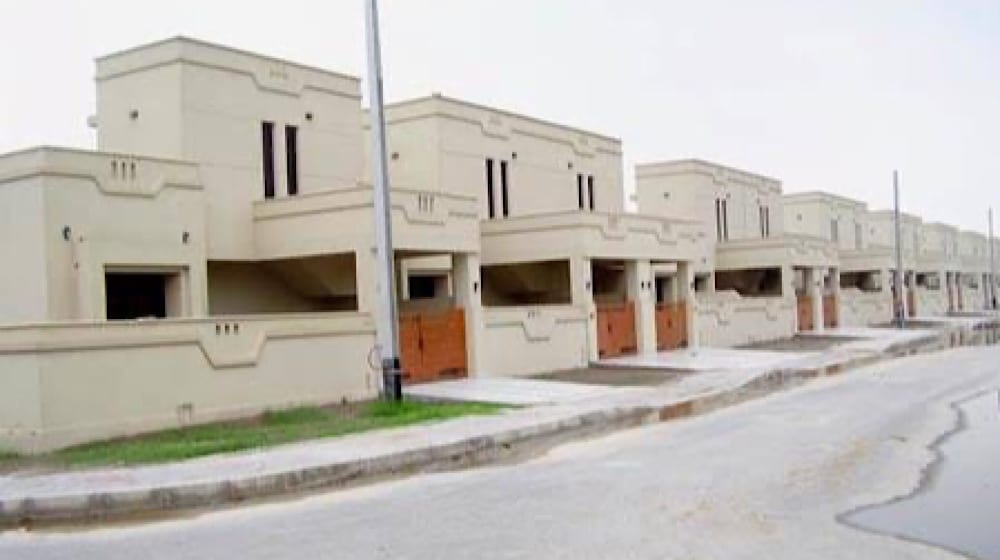(low-cost housing Pakistan, affordable homes, government housing schemes, Naya Pakistan housing, home loans for low income)
Why Low-Cost Housing Matters
Imagine:
- A factory worker in Faisalabad dreaming of owning a small house
- A school teacher in Karachi paying high rent every month
- A widow in Multan wanting a safe shelter for her children
Home ownership in Pakistan has traditionally been out of reach for many because of:
High property prices
Rising construction costs
Limited access to affordable financing
To change this, the government and private sector introduced Low-Cost Housing Schemes:
To help every Pakistani family own a decent, secure, and affordable home.
1. What Are Low-Cost Housing Schemes?
They are special projects and financial programs designed to:
- Build affordable houses (usually 3–5 marla or apartments)
- Provide easy, low-interest home loans
- Offer subsidies and tax benefits for low and middle-income families
These are run by:
Government initiatives (e.g., Naya Pakistan Housing & Development Authority – NAPHDA)
Provincial housing authorities (Punjab, Sindh, KP, Balochistan)
Banks and private developers under public-private partnerships
2. Key Housing Schemes Active in Pakistan (2025)
| Scheme | Where | What it offers |
|---|---|---|
| Naya Pakistan Housing Program (NPHP) | All provinces | 3–5 marla houses & apartments with subsidized loans |
| Punjab Peri-Urban Housing | Rural & semi-urban Punjab | Small plots & ready-built homes |
| Sindh Low-Income Housing | Karachi, Hyderabad & interior Sindh | Flats & townhouses for low-income families |
| Apna Ghar Housing Scheme | KP | Affordable houses for government & private employees |
| Workers Welfare Board Housing | Nationwide | Free or subsidized housing for registered workers |
| Private low-cost projects | Lahore, Islamabad, Karachi | Gated communities offering small houses with flexible payment plans |
3. Who Can Apply?
Pakistani citizens
Usually first-time home buyers
Monthly household income within set limits (varies by scheme)
Preference often given to:
- Low-income families
- Widows and differently-abled persons
- Overseas Pakistanis looking for affordable homes
Some schemes are only for salaried people; others are open to self-employed & daily wage earners.
4. How Does It Work? (Step by Step)
Announcements in newspapers & websites
Submit application with:
- CNIC copy
- Proof of income (salary slip or business record)
- Affidavit of first-time ownership
Pay small registration or token fee
Shortlisting & balloting (sometimes)
Successful applicants:
- Get house allocation or plot
- Apply for subsidized mortgage (often up to 20 years)
5. Why Low-Cost Housing Schemes Are Needed
Reduce Pakistan’s housing shortfall (estimated 10+ million units)
Help families shift from paying high rent to owning assets
Boost construction sector & create jobs
Improve quality of life, health & children’s education
Empower women through joint or sole home ownership
6. Real Stories of Change
- Aslam, a rickshaw driver in Lahore: pays PKR 13,000 monthly installment for his own 3-marla home instead of PKR 18,000 rent
- Shazia, a widow in Rawalpindi: received subsidized apartment, now saves money for her children’s education
- Kaleem, factory worker in Faisalabad: bought a small plot under Punjab Peri-Urban Scheme, plans to build gradually
A small house creates big security.
7. Focus Areas in 2025
Apartments & high-density housing in cities to save land
Green & energy-efficient low-cost designs
Women-friendly ownership policies
Smart digital portals for transparent applications
Integration with transport & job hubs
8. Tips to Increase Your Chances
Apply early; follow deadlines
Provide complete, honest documents
Keep income proof ready (even if self-employed)
Check eligibility criteria before applying
Prefer government or bank-endorsed projects to avoid scams
Proper paperwork and timely application matter most.
9. Vision for 2030
Pakistan plans to:
Build over 5 million new low-cost units
Introduce fully digital balloting & payment systems
Launch rental housing schemes for youth & single women
Encourage private builders to use modern prefab technology
Make housing sector environmentally friendly
10. Beyond Construction: Other Supports
Low-cost mortgages (often fixed rate for first 5 years)
Tax exemptions for first home buyers
Free legal & documentation help
Utility connections (water, gas, electricity) included in plan
Community facilities: schools, clinics, parks
11. Why Banks & Developers Support Low-Cost Housing
Large new customer market
Stable long-term mortgage income
Social responsibility and branding value
Govt incentives (tax rebates, low-cost land)
Win-win: families get homes; builders and banks get business.
Conclusion: Everyone Deserves a Home
Low-cost housing schemes help:
- Turn rent money into home ownership
- Secure the family’s future
- Strengthen Pakistan’s economy & society
If you:
Don’t own a home yet
Have a limited income
Don’t wait explore, apply, and build your dream.
For guides, application news & scheme updates: Visit TeezJobs.com Your partner in housing, jobs & opportunity!




